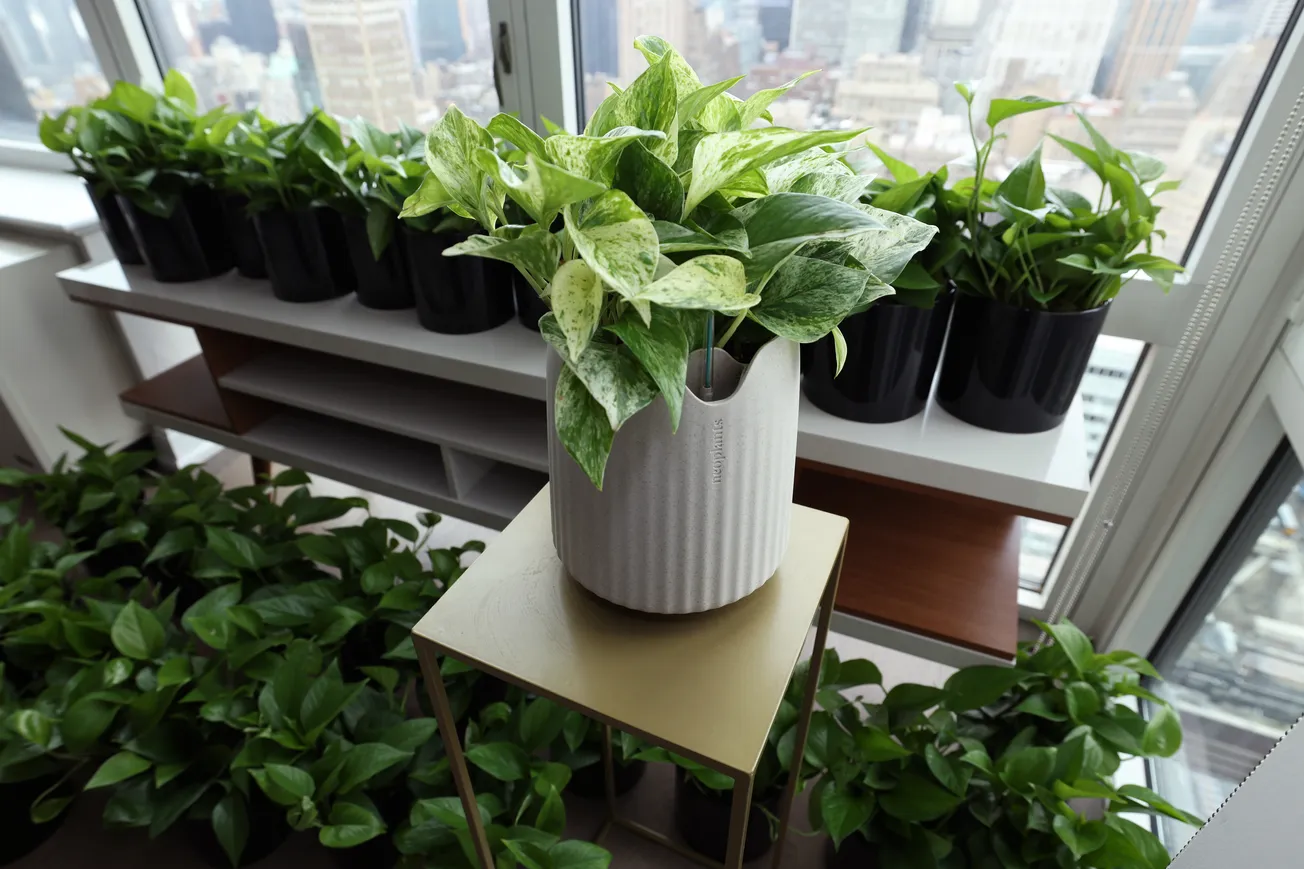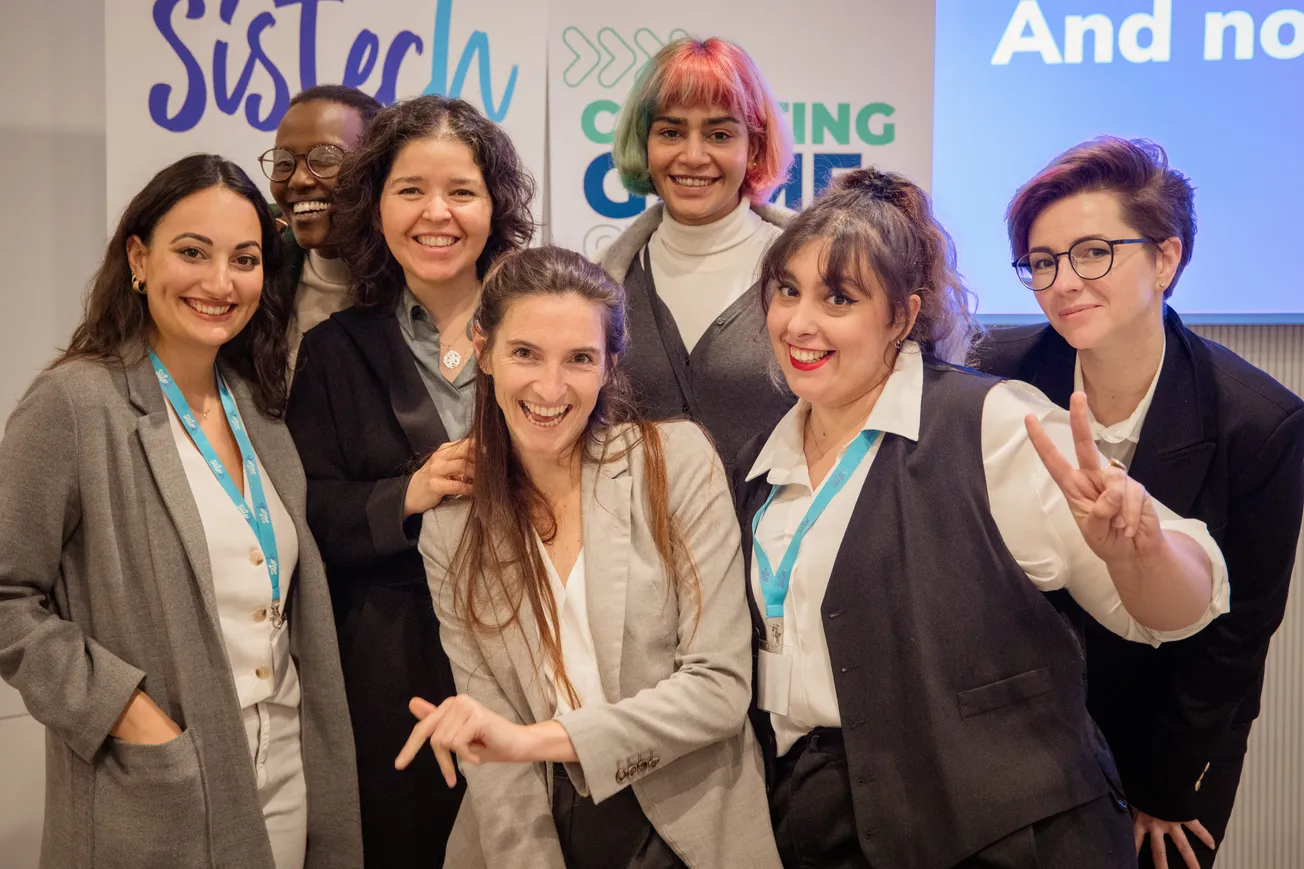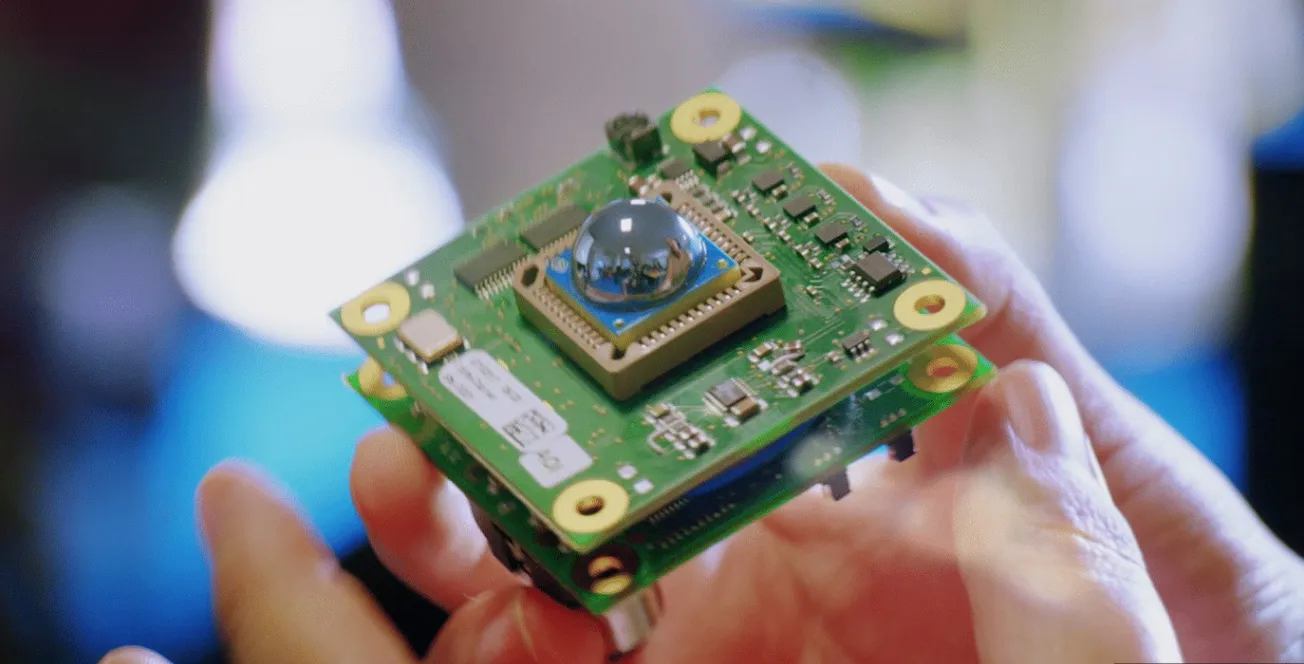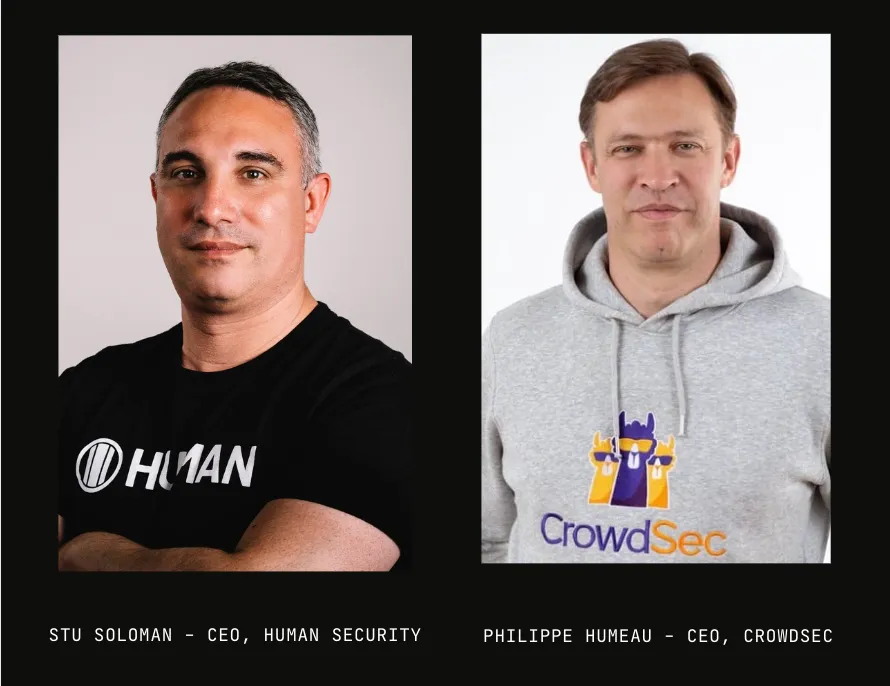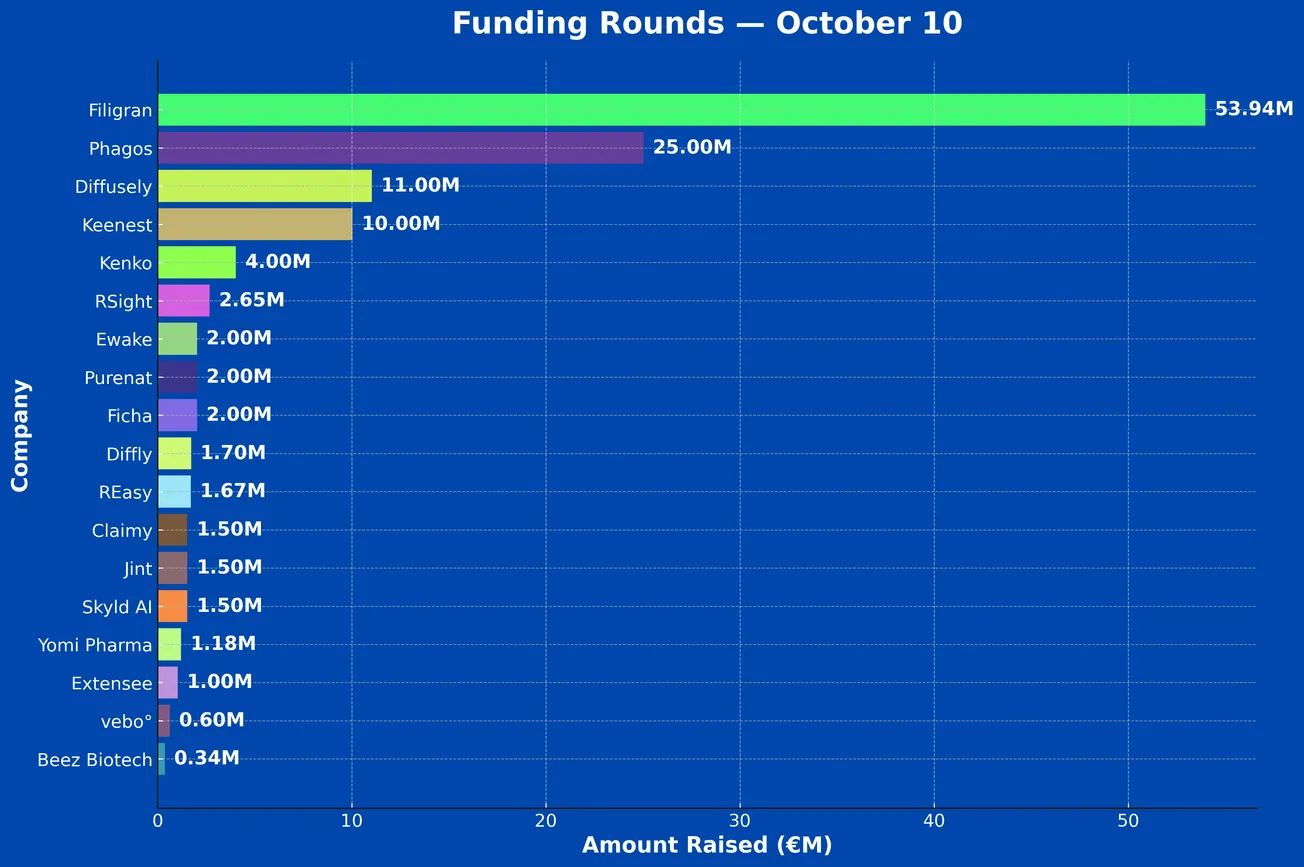In an era of mounting environmental concerns, Paris-based Neoplants is leveraging bioengineering to tackle one of the most pervasive and invisible threats to human health: indoor air pollution.
Founded in 2018 by Lionel Mora and Patrick Torbey, the biotech startup has created an innovative solution that integrates nature and cutting-edge science. Their flagship product, Neo Px, is a bioengineered plant system designed to absorb volatile organic compounds (VOCs) from the air, offering a natural and sustainable alternative to conventional air purifiers.
After more than six years of development and research, the first commercial version of Neo Px went on sale earlier this year. The journey to reach this point meant navigating various regulatory and scientific challenges. Now the company needs to find a way to attract customers to buy a living air filter to solve a problem they may not even know they have while also scaling up a complex international manufacturing and logistics operation.
"Awareness is the number one goal for us," Mora said. "Because we're trying to create this category that sits somewhere between an ornamental plant and an air purifier. And it's not easy to do that."
Neoplants' ability to achieve commercial success that matches its scientific accomplishments may demonstrate whether the immense potential of synthetic biology can be harnessed at scale to address global environmental challenges.

The Genesis
Neoplants was born out of the shared vision of Mora and Torbey, who met shortly after Torbey completed his PhD in genome editing. Torbey, with a deep passion for genetics and synthetic biology, sought to harness the power of bioengineering to address environmental challenges.
"I was a bit frustrated with the difference between how powerful and versatile these gene edition tools are, and the applications that were out there," Torbey said. "I wanted to show people the power that genetics can have to make a positive impact on people's lives and environments.
Mora, who had spent several years at Google working on consumer product launches, wanted to apply his expertise to a mission that would also be more meaningful. Together, they envisioned a future where bioengineered plants could be used to improve air quality and contribute to sustainable living.
"I met with Patrick about this idea that we can start working with nature to bring innovations out there that are sustainable by design," Mora said. "I think it's a very, very powerful idea. It's the next frontier: building an organism with a different function. Even as a product person, it's something that never crossed my mind before."
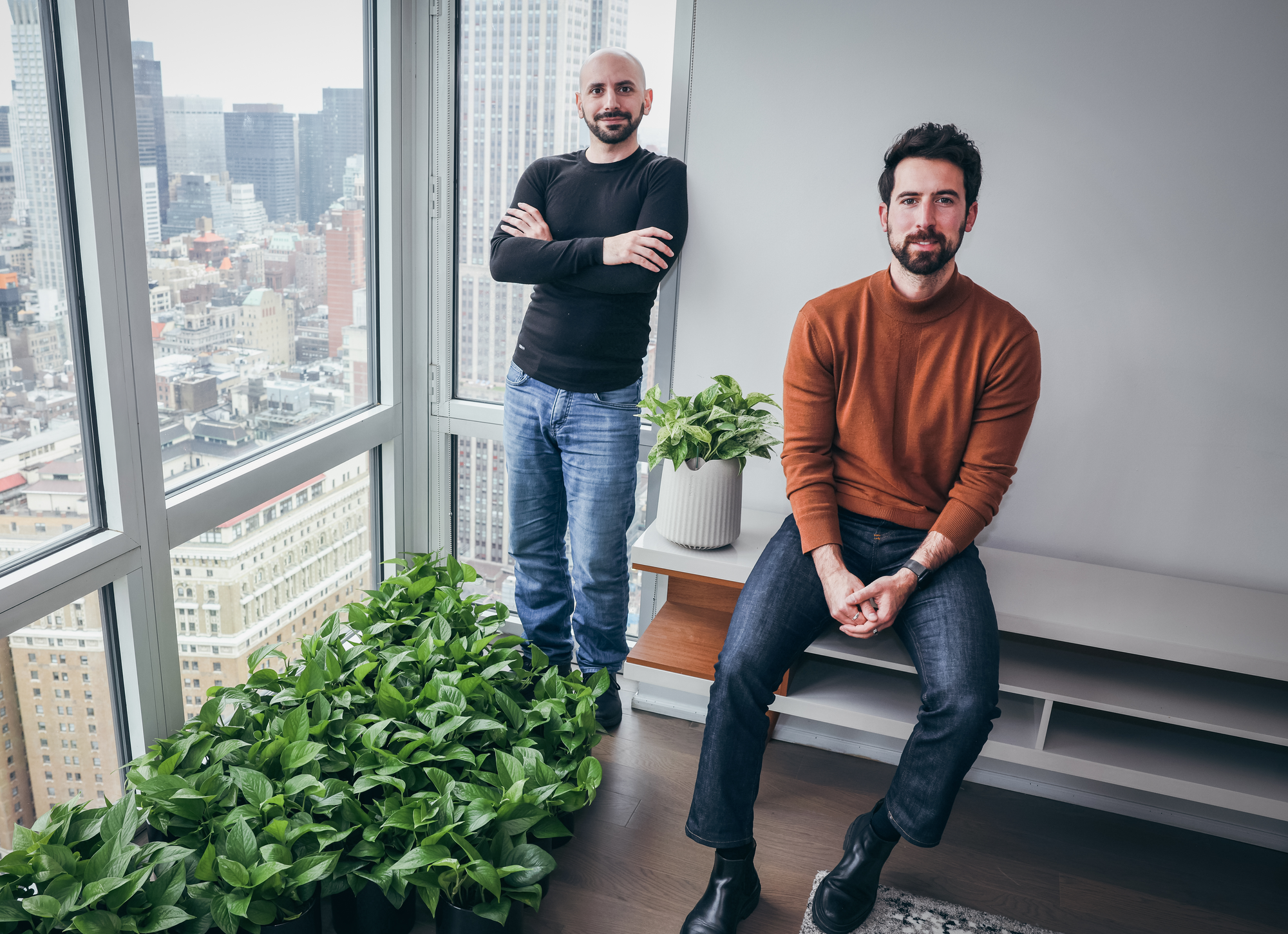
From that broad scientific framework, the pair still needed to identify a potential commercial product and problem they could solve. While working in a Paris incubator, they noticed they were surrounded by plants.
"That looked like a pretty universally loved form factor," Mora said. "And I asked, 'What kind of functions can we give to this?'"
That conversation eventually led them to the topic of indoor air pollution, a significant and often overlooked problem.
According to studies from the Environmental Protection Agency (EPA) and the American Lung Association, indoor air can be two to five times more polluted than outdoor air, and in some cases, even 100 times worse. This is largely due to the presence of VOCs, which are emitted by common household items such as paint, varnishes, adhesives, and cleaning products. Chronic exposure to VOCs can lead to a range of health issues, including respiratory problems, skin irritation, and even cancer.
Traditional air purifiers, which primarily rely on mechanical filters, are not effective at removing VOCs due to their small size and gaseous nature. However, creating a natural alternative proved to be a daunting challenge.

